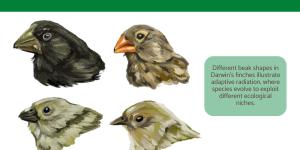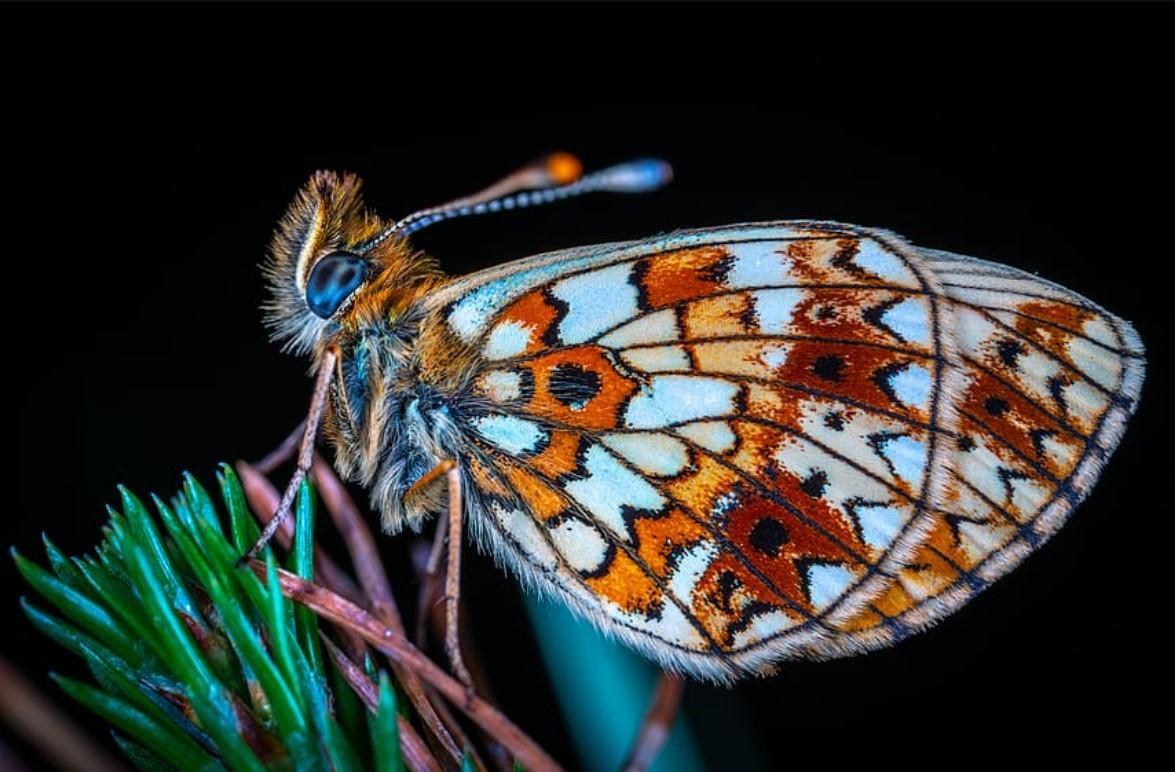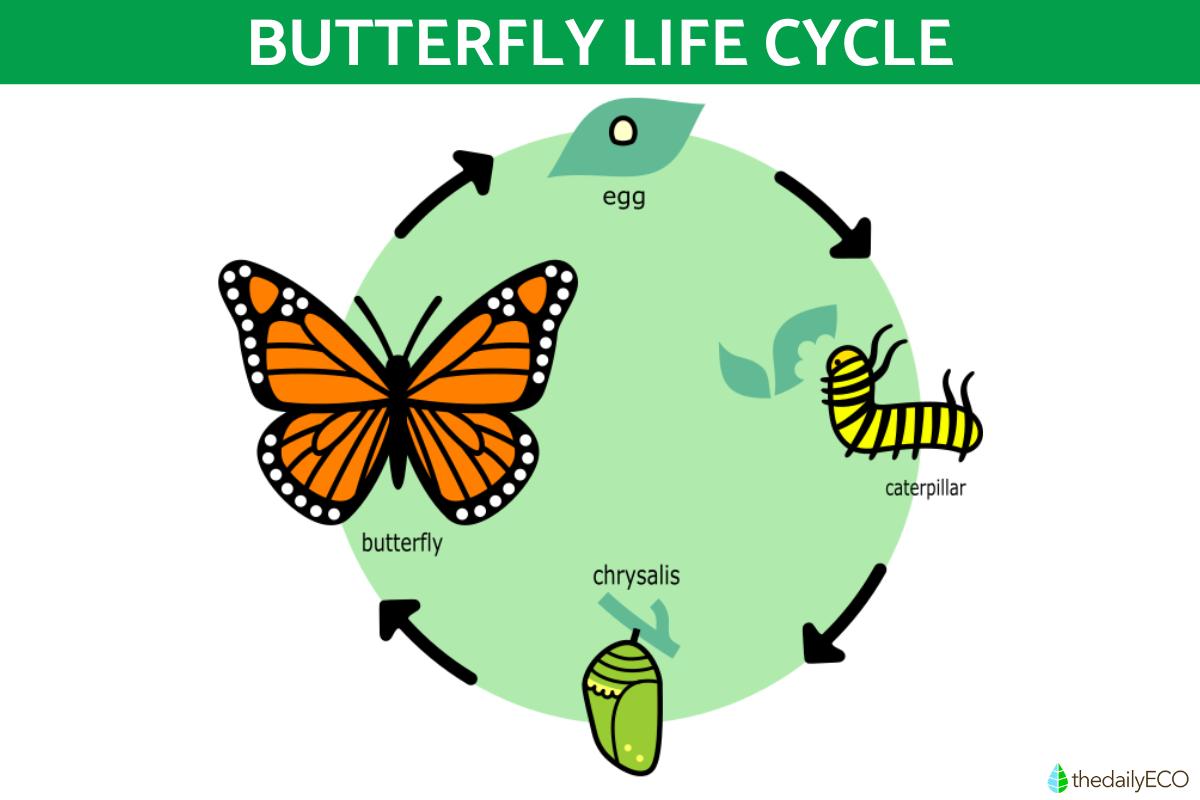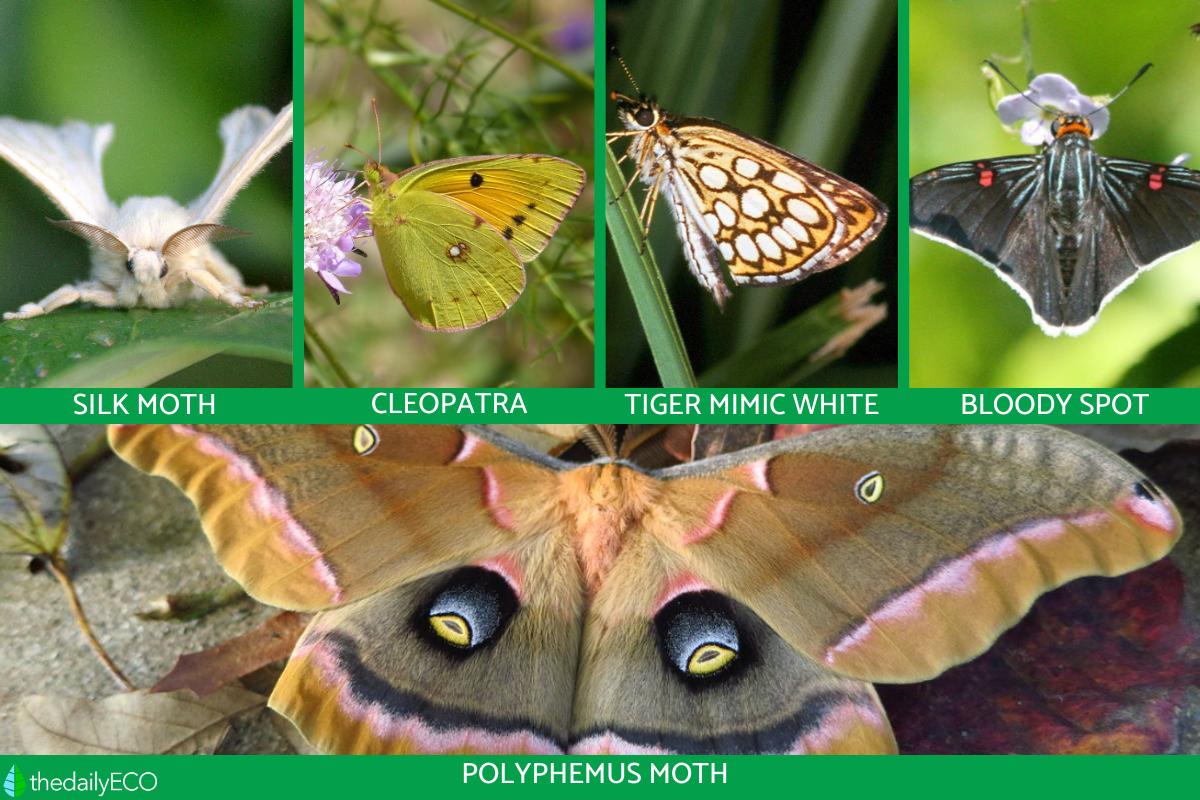What Is a Lepidopteran?

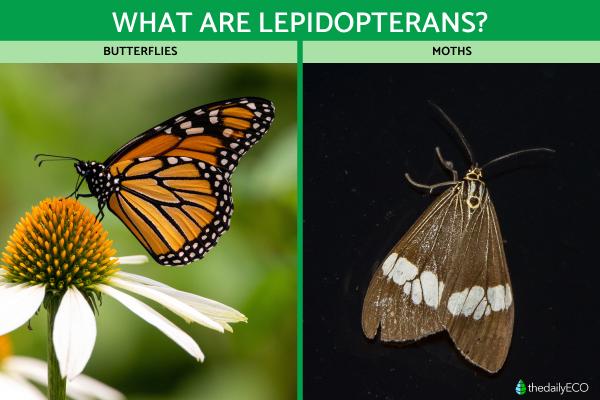
Lepidopterans are arthropod insects of the order Lepidoptera. They are characterized by two pairs of scaly wings, six legs, two antennae, a three-part segmented body and a modifies proboscis mouthpart. These combined characteristics apply to the insect species we know as butterflies and moths. Lepidopterans are one of the most appreciated insects due to the large size of their wings and the enormous variety of patterns they can exhibit on their winds. They are collected by many specialists as curiosities, but this should not take away from the important roles they play in their respective ecosystems. thedailyECO learns more by asking what is a lepidopteran?
What are lepidopterans?
Simply put, lepidopterans are insect species of the order Lepidoptera. The only extant insects in this order are butterflies and moths, but it remains incredibly diverse thanks to the over 180,000 species it contains. These are only the species which have so far been discovered.
Lepidopterans have very particular characteristics that we can use to identify them. While they have many of the characteristics common to all insects, they are also unique in butterflies and moths. One of the most obvious is their large wings which are known for their intricate patterns and varied colors. Although moths generally have less brilliant colors than butterflies, there are many of the former with very beautiful and colorful wings.
We look in more detail at the characteristics of lepidopterans to better understand how they fit into the animal kingdom and why they are so important to their respective ecosystems. If you want to learn more about arthropods in general, take a look at our article asking how do insects breathe?
Characteristics of lepidopterans
Some of the characteristics which defined lepidopterans include the following:
- Wings: this order is characterized by having two pairs of wings covered by tiny colored scales. It is from this characteristic the name Lepidoptera, is derived as it means ‘scaly wing’ in Greek. This coloration serves to attract a mate, camouflage themselves with their surroundings or warn their predators. Their wings are also used to absorb heat, something which can be accentuated with bright color.
- Diurnal or nocturnal: the way the wings are folded in lepidopterans is useful in determining whether it is a butterfly or a moth. Butterflies are often known as diurnal lepidopterans because they are most active during the day and keep their wings folded when at rest. Moths are often considered nocturnal lepidopterans as they are most active at night, keeping their wings open when at rest.
- Proboscis: most of them have a coiled proboscis or trunk that serves as a rod to suck up liquids that sustain their diet, such as nectar, fruit or even liquids from decomposing carrion. When they land to sip from flower to flower in search of nectar, they help to pollinate and play a key role within ecosystems when doing so. You can discover more about pollination in ecosystems with our article on the different types of pollinators.
- Segmented body: the body is divided into three distinct regions of the head, thorax and abdomen.
- Legs: lepidopterans have 3 pairs of legs articulated in several fragments.
- Antennae: on their heads they have two sensory antennae that help them obtain information about their environment.
- Eyes: they have large eyes that are compound in composition, meaning they are made up of many units known as ommatidia that form a single image when processed together.
Although insects are known for having a more rudimentary processing organ, learn which animal has the biggest brain in our related article.
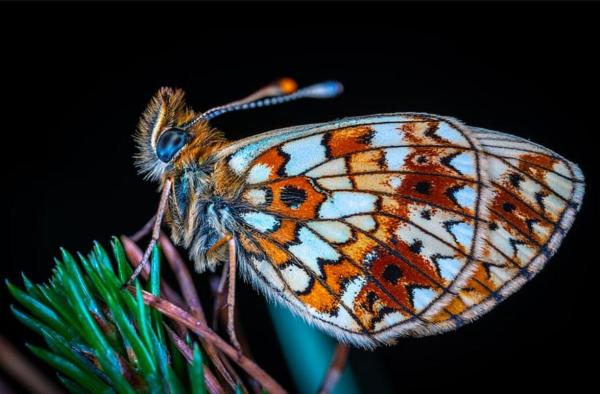
Life cycle of lepidopterans
The life cycle of butterflies and moths in the order Lepidoptera is holometabolous, meaning they undergo a considerable transformation before they can become adults. The phases that comprise the lepidopteran life cycle are:
- Egg: this is the unit that results from fertilization and the life cycle begins. It is where embryonic development occurs, with everything it needs to complete this process contained inside the embryo. The eggs are normally laid on the leaves that the next phase will feed on, meaning the newborn larvae can immediately have sustenance.
- Larva or caterpillar: lepidopteran larvae represent the active feeding phase before entering isolation, so this is their main activity. They are very specific in the plants they feed on, almost always limited to a single plant species. They have a chewing mouthpart to be able to cut leaves. In this larval form, the famous accordion-shaped walk can be observed. This is thanks to 5 false legs that they have at the end of the abdomen. They lack wings, but inside the body there are small structures that will later become the wings.
- Pupa or chrysalis: this is the isolation phase in which the larva will shut itself away without eating. It will choose a suitable place to weave its chrysalis, allowing it a place to undergo metamorphosis and emerge as a completely different insect from their initial form. All the energy it saved during the larval phase will be used to survive during the time of isolation and transformation.
- Adult or imago: after the chrysalis phase, the cocoon will open from the inside out to allow a winged adult to emerge. This adult will now have a proboscis-shaped mouthpart, unlike the larva. At this stage, they can reproduce to start again at the beginning of the lepidopteran life cycle by laying eggs.
If you want to know more about how different arthropods enter phases to allow for their survival, take a look at our article explaining diapause in insects.
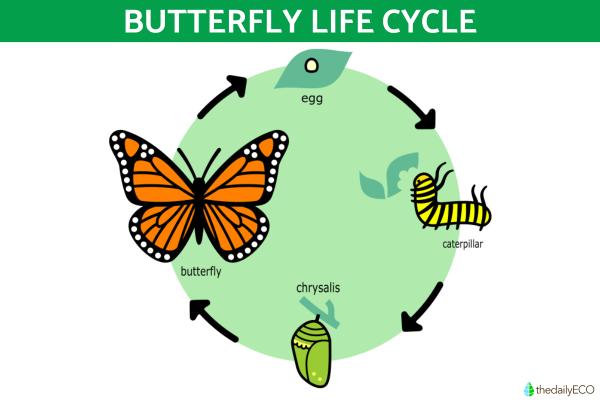
Examples of lepidopterans
While the only two types of lepidopteran are butterflies and moths, there are many thousands of species of these insects. Some examples include:
- Domestic silk moth (Bombyx mori): this moth is white, has a stocky body and measures 1.6 to 2.4" (4 to 6 cm) in length. It is native to China and has been bred to produce the famous silk threads obtained from the cocoon.
- Cleopatra butterfly (Gonepteryx cleopatra): it is pale yellow and has two orange dots on its hind wings. The underside of its wings is slightly lighter, almost white. It is seen as being this color when at rest since the wings are closed. It is very common in the Mediterranean, especially near the coast and where there are not many trees.
- Tiger mimic white (Dismorphia amphione): the body is thin and elongated. The wings have yellow and orange patterns bordered by black, giving an aposematic warning signal to its predators and warn them of its bad taste. It is very common from Mexico to South America.
- Bloody spot (Phocides polybius): it is black, with white wing margins and orange dots on the front wings. These dots give them their common name as they resemble droplets of blood. It lives in America and is unusual because its caterpillars feed on the rolled leaves of guava trees.
- Polyphemus moth (Antheraea polyphemus): it is brown with pink, white and black ornamentation that forms the appearance of eyes to scare away predators. It is native to North America.
Now that you know better what are lepidopterans, as well as their characteristics and examples, you can learn what are the differences between butterflies and moths to learn more specifics.
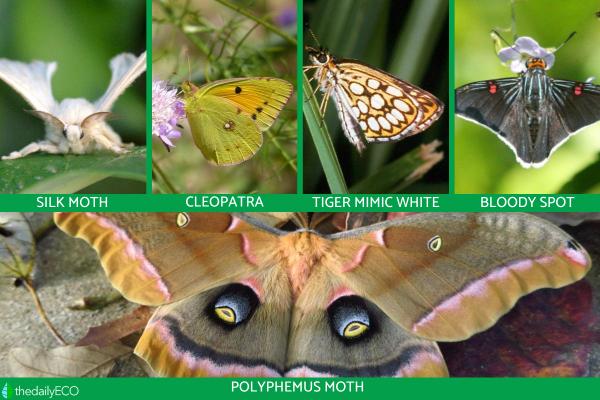
If you want to read similar articles to What Is a Lepidopteran?, we recommend you visit our Biology category.
- Beatty, R., Beer, A., & Deeming, C. (2010). The Nature Book. Great Britain: Dorling Kindersley.




